The new building of the Warsaw University Library has won numerous prestigious awards and prizes in architectural competitions and polls among residents of the capital. The concept, which combines the functionality of a modern library, respect for the shaping of the Vistula embankment, and fascination with the intermingling of culture and nature, found expression in a building of surprising diversity. The facade on the Dobra Street side was monumental in nature thanks to the installation of eight panels (4 x7 m) topped by a frieze with the inscription Biblioteka Uniwersytecka. The panels, symbolizing pages of books, present fragments of texts: the old Polish Exposition of the virtues by Jan Kochanowski, the old Russian Novels of the Past from the beginning of the 12th century, the Greek Phaedrus of Plato, the Arabic Book of Animals by Al-Jahiz, the Hebrew Book of Ezekiel, the Sanskrit Rig Veda and two notations: mathematical-physical and musical (from the Etude b-moll by Karol Szymanowski). The whole is made of patinated copper, and its green colour harmonizes with the external elements of the building – “climbing” up to the roof garden and facades, which were covered with copper networks, giving support to the creepers and panes of glass which reflect the vegetation.
In 2004, at the entrance to the building a portion of the steel structure transferred from the former warehouse building was set. This, Poland’s only example of 19th-century library grid construction, became a symbolic link between the past and the present.
The entrance to the Library from the hidden passage, called the “Passage”, is crowned by the BUW symbol: an open book of patinated bronze with the inscription Hinc Omnia (hence all). At the top of the stairs leading to the catalogue hall on level 1 rise four columns of concrete with sculptures by Adam Myjak, representing eminent Polish philosophers of the Lvov-Warsaw School: Kazimierz Twardowski, Jan Łukasiewicz, Alfred Tarski, and Stanislaw Leśniewski; the inscriptions adorning the columns contain extracts of texts from their works.
A special place is the Chashitsu Kaian – a traditional Japanese tea pavilion, donated in 2004 by the Kyoei Steel company to the Department of Japanese and Korean Studies of the Faculty of Oriental Studies, University of Warsaw, and placed on the Library’s 2nd level. Designed by Teruhito Iijima, the pavilion and its surroundings were built from natural materials (wood, bamboo, paper, clay, stone), becoming an example, rare outside of Japan, of the traditional architecture of that country. University classes are held there devoted to Japanese culture, the tea ceremony, presentations, and open chanoyu workshops.
| Day of the week | Opening hours | ||
|---|---|---|---|
| Monday | 09:00 - 21:00 | ||
| Tuesday | 09:00 - 21:00 | ||
| Wednesday | 09:00 - 21:00 | ||
| Thursday | 09:00 - 21:00 | ||
| Friday | 09:00 - 21:00 | ||
| Saturday | 09:00 - 21:00 | ||
| Holidays | Opening hours |
|---|---|
| 2025.04.20 (Sunday) | x |
| 2025.04.21 (Monday) | x |
| 2025.05.01 (Thursday) | x |
| 2025.05.03 (Saturday) | x |
| 2025.06.19 (Thursday) | x |
| 2025.08.15 (Friday) | x |
| 2025.11.01 (Saturday) | x |
| 2025.11.11 (Tuesday) | x |
| 2025.12.25 (Thursday) | x |
| 2025.12.26 (Friday) | x |
| when? | name | where? | about what? | for free | for children | |
|---|---|---|---|---|---|---|
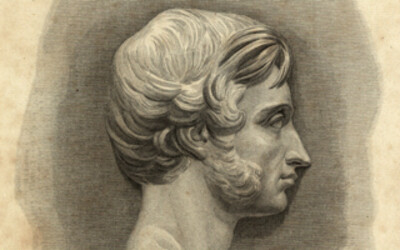 | 19th Century Publications Department Permanent exhibition | University of Warsaw Library ul. Dobra 56/66 00-312 Warszawa Mazowieckie | yes | |||
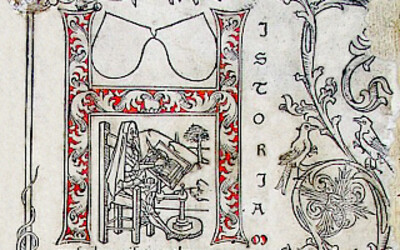 | Early Printed Books Department Permanent exhibition | University of Warsaw Library ul. Dobra 56/66 00-312 Warszawa Mazowieckie | yes | |||
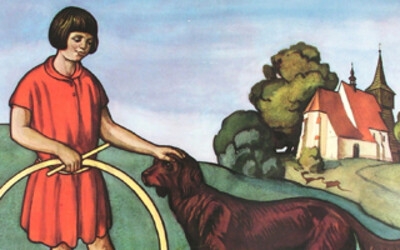 | Ephemera Department Permanent exhibition | University of Warsaw Library ul. Dobra 56/66 00-312 Warszawa Mazowieckie | documents | yes | ||
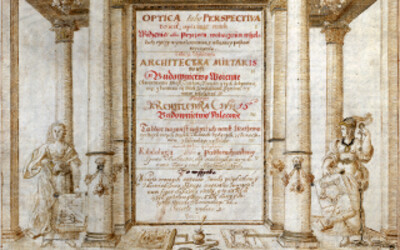 | Manuscripts Department Permanent exhibition | University of Warsaw Library ul. Dobra 56/66 00-312 Warszawa Mazowieckie | yes | |||
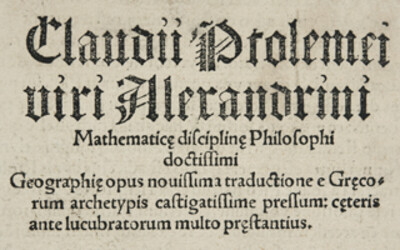 | Maps Department Permanent exhibition | University of Warsaw Library ul. Dobra 56/66 00-312 Warszawa Mazowieckie | maps | yes | ||
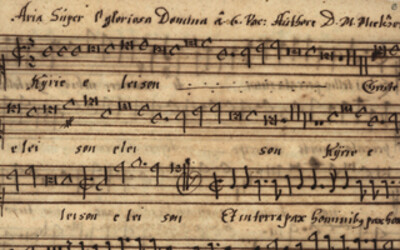 | Music Department Permanent exhibition | University of Warsaw Library ul. Dobra 56/66 00-312 Warszawa Mazowieckie | yes | |||
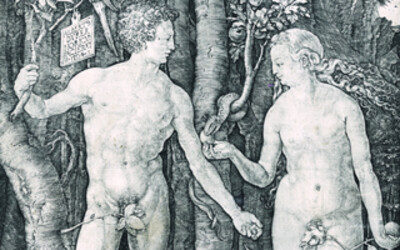 | Print Room Permanent exhibition | University of Warsaw Library ul. Dobra 56/66 00-312 Warszawa Mazowieckie | graphics and drawing | yes |